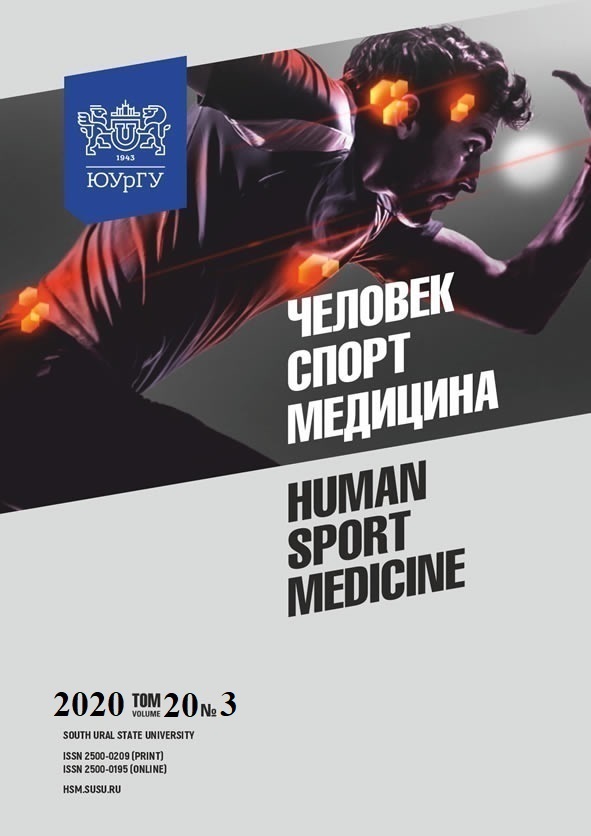AGE DYNAMICS OF WINGATE TEST PARAMETERS IN YOUNG ATHLETES
Abstract
Testing the speed-strength abilities in children and adolescents is a valuable tool of monitoring the development of the most important physical qualities in sports. This test enables adjusting physical training to sensitive periods, identifying the degree of inherited sports talent, as well as a predisposition to the type of sport or sports discipline. Aim. The purpose of the work was to determine the average group results of Wingate test in children and adolescents and to identify the age-related dynamics of speed-strength abilities. Materials and methods. The study was conducted according to the standard Wingate protocol for a cycle ergometer. The obtained data on peak power (PP) and time to peak (tpp) of 370 athletes aged from 7 to 16 years were analyzed. Results. The results showed that no gender and age difference in PP was registered in children from 9 to 11 years (PP/kg – 8.42 ± 1.56 W/kg). The annual increase in PP/kg in boys was as follows: 11–12 years old – 7.53%, 12–13 years old – 17.7%, 13–14 years old – 10.34%. Relative PP in 14 year-old male athletes was 11.74 ± 2.15 W/kg, in 15 – 11.76 ± 1.56 W/kg and 16 year-olds – 12.2 ± 1.39 W/kg, with no significant difference. Relative PP in 14 and 15 year-old females (9.66 ± 2.12 W/kg and 9.88 ± 1.37 W/kg, respectively) was significantly lower than in males. Along with this no significant difference of PP/kg between 16 year-old males and females was established. Conclusion. The article proposes the criteria for evaluating speed-strength in athletes from 9 to 16 years based on the results of Wingate testing.
References
References on translit
Copyright (c) 2020 Human. Sport. Medicine

This work is licensed under a Creative Commons Attribution-NonCommercial-NoDerivatives 4.0 International License.















